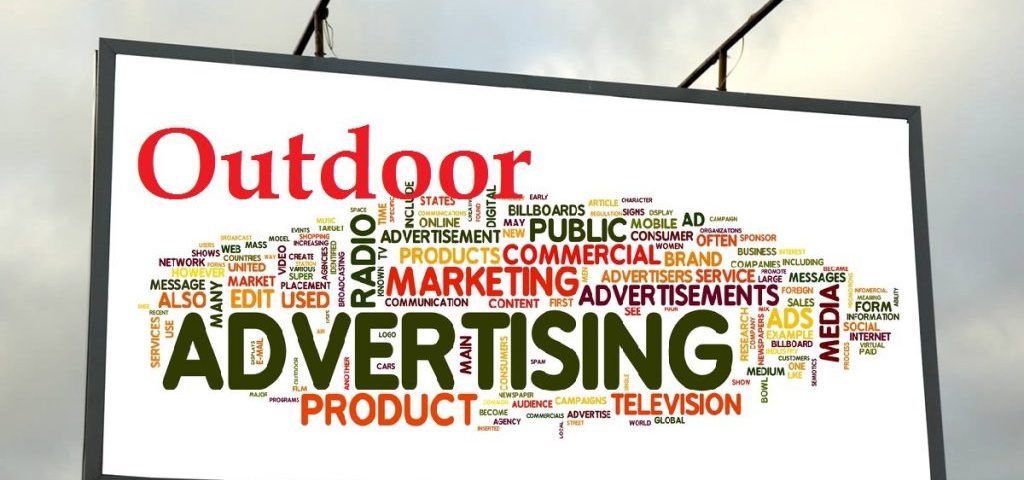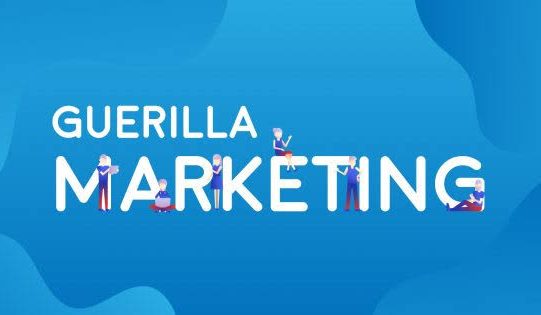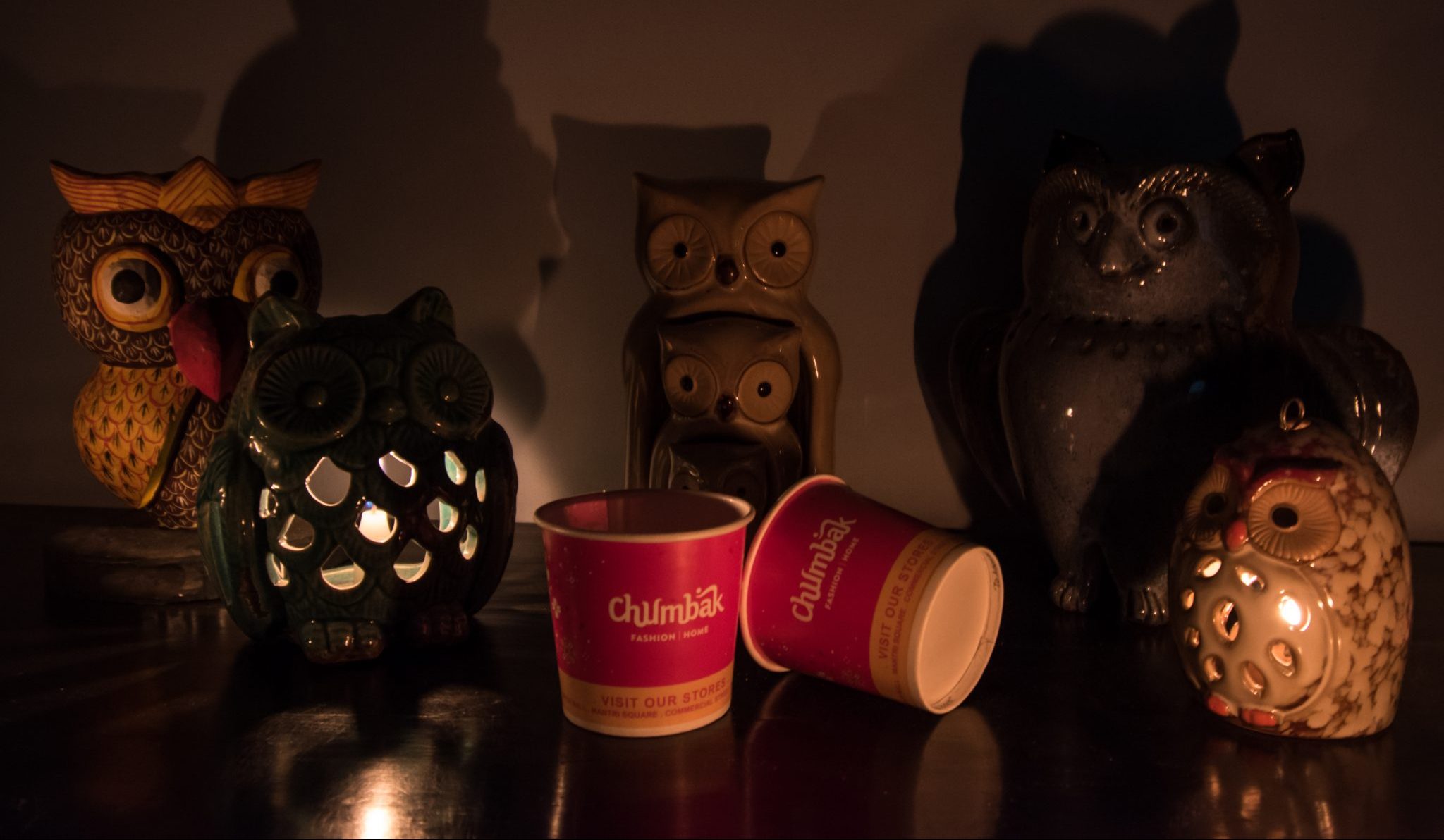


Cup Advertising that Boosted the Brand Chumbak into Fashion World
May 9, 2018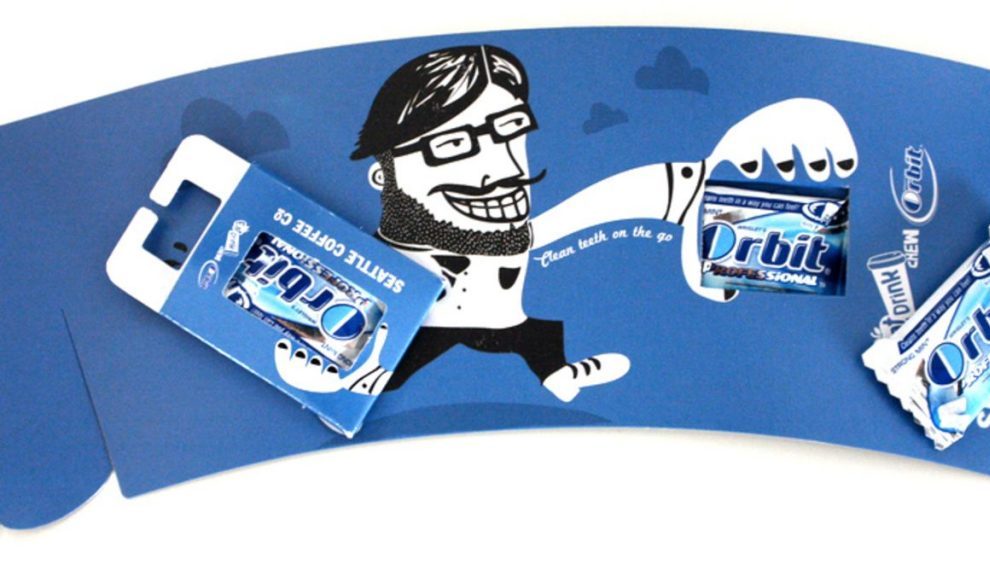


Top 5 Innovative Marketing Campaigns for Product Sampling
May 18, 2018OOH Marketing is the next big thing!
In today’s fragmented media environment, advertisers are all looking for just one thing that is ‘engagement’. To instill a sense of trust among their customers, they are heavily relying on OOH (Out-of-Home) Advertising. As the name suggests, this latest buzzword means ‘advertising that takes place when someone is outside of their home’.
OOH, Advertising is all about building brand awareness and brand preference in a consumer’s mind. Unlike television, print media, and content viewed online, OOH media has the ability to interact and engage with consumers thus turning them into brand advocates. In the modern age, a fitting example of out-of-home advertising is printed paper cup advertising.
Owing to the upcoming elections and government campaigns in India, the outdoor media market is expected to see a 15% growth in 2018.
With technology, data, and infrastructure seamlessly coming together, OOH advertising is growing rapidly. Billboards, transit advertising, and custom cup advertising cannot be blocked or skipped by consumers. Thus it has become a core channel to reach a vast demographic at the same time across different geographic locations.
Advantages of OOH:
- Excellent channel to build trust with consumers
- Consistent messages across OOH platforms build familiarity
- The biggest driver of brand awareness and conversations in the modern age
- Establishes an identity for a brand and helps in brand repositioning
- Since OOH advertising involves pictorial representations, it stays much longer in a person’s mind.
- Ideal for promotional activities and to create a buzz around the product
Another buzzword doing the rounds is ‘DOOH’ (Digital Out-of-Home). This refers to digital media used for marketing purposes outside the home. Digital signage is a perfect example of DOOH.
With the advent of DOOH, the effectiveness of OOH media has nearly doubled and looks like this is just the start.
Here’s how popular brands have tapped the full potential of OOH media with effective marketing campaigns:
Zomato
At the end of 2017, a restaurant search and discovery platform, Zomato, was grabbing eyeballs with their OOH campaign. The app went all out and became the talk of the town. What worked in their favor is that they combined Bollywood, food, and local content to capture attention. While most social media junkies applauded their campaign, there were a few with whom the campaign didn’t go down too well.
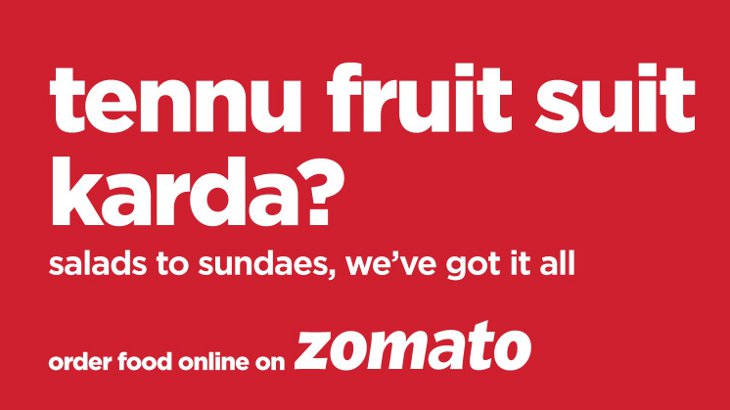

Google Maps
Google Maps conducted an OOH campaign across tier 1 and tier 2 cities of India. They used a combination of media such as billboards, gantries, bus shelters etc. to capture attention. The #LookBeforeYouLeave campaign addressed traffic issues in various cities, and why one should use Google Maps before heading out.
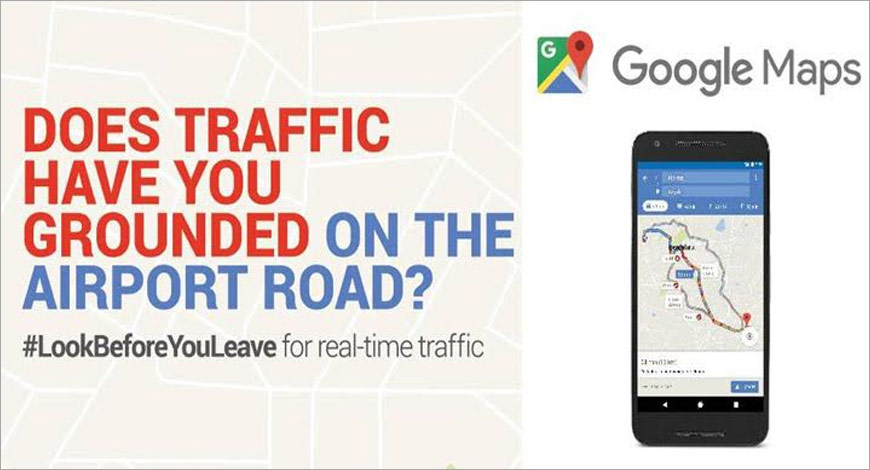

Uber
Cab-aggregator, Uber, has taken a mixed media approach as part of its marketing. Recently, as part of their OOH campaign, they turned to branded teacup marketing to announce the launch of their bike-taxi service (UberMOTO) in Chandigarh. Branded paper cups were distributed in high-traffic locations to create awareness.

